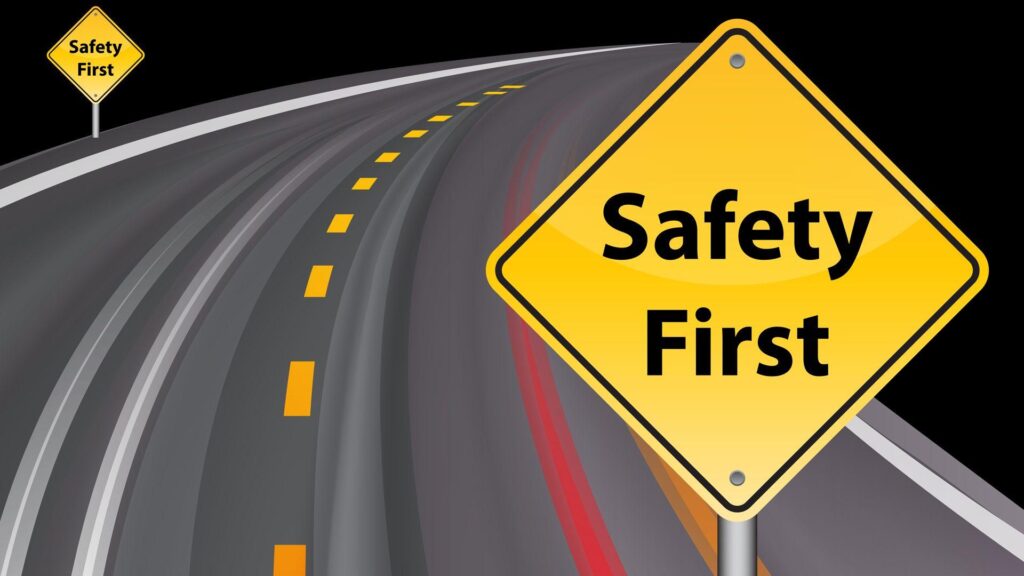Last Tuesday, I participated in the popular Twitter Spaces discussion organized by Madam Claire Munde of Royal Media Services. This time the subject was on road safety in Kenya and the participants were upbeat with amazing solutions worth Government and public consideration.
But the recent Londiani accident pre-occupied my mind the whole time. At the famous Londiani junction, motorists stop right in the middle of the road to buy roast maize or fresh vegetables. On their part, hawkers swarm around the junction due to slow traffic caused by the many road bumps there. Ironically, these speed bumps are meant to reduce incidents of motorists hitting pedestrians.
This self-perpetuating harmful cycle plays out on our roads across the country due to three major challenges: a careless road culture; enforcement deficiency and poor road infrastructure.
In order to successfully tackle these challenges and restore safety on our roads, we need to fully embrace the three Es of road design: engineering, education and enforcement.
On the engineering front, our roads and vehicles must adhere to global standards. For instance, a junction like Londiani that caters for both through traffic and local traffic, must make provisions for the resultant human traffic at the location. While erecting bumps there sought to slow down vehicles and protect pedestrians, it has resulted in the unintended deaths of 52 Kenyans many of who were hawkers.
Clearly, the Kenya National Highways Authority needs to work hand in glove with County Governments to ensure development of sufficient off-road markets along busy highways. This has already been done at the former Soko Mjinga in Kiambu County, where motorists detour to buy their foodstuff from Soko Mpya market, a safe distance away from the busy highway. This is the norm in developed countries and must be replicated countrywide.
This brings us to the second E – Education. We must deploy education to fully combat our careless road culture. This education starts in driving schools. In the USA, Europe and Japan, driving schools charge students an equivalent of between Kshs 100,000 and Ksh 300,000, which is almost ten times more than what Kenyan driving schools charge. What they teach students is also vastly more thorough than what we offer here.
Truth be told, while virtually all licensed drivers can move a vehicle from point A to B, their holistic road skills don’t always measure up. A driver’s first responsibility is to ensure the roadworthiness of the vehicle they are driving.
This means that mechanical malfunction like brake failure doesn’t just happen out of the blues. Yet they often postpone mechanical repair due to a variety of reasons.
This brings me to the final E – Enforcement. Although we have world class traffic laws, their enforcement is severely wanting.
According to the Ethics and Anti-Corruption Commission’s 2021 National Ethics and Corruption Survey, the Kenya Police ranked first among government Departments and Agencies where one is most likely to encounter corruption and unethical practices. Such is the corruption that causes some of our traffic police to turn a blind eye to deficient vehicles.
However, it takes two to tango, so motorists who bribe are just as guilty as the police who receive the bribes. Both must be held liable because such corruption often has fatal consequences.
Finally, safety on our roads starts at the point where vehicles or motorcycles are made. Since a majority of the vehicles imported are second hand, we must ensure thorough inspection of those vehicles before shipment and followed by consistent biannual local inspection.
According to the National Transport and Safety Authority (NTSA), since 2018 we have lost 19,803 Kenyans to road accidents. Between January and July this year 2,300 Kenyans have already lost their lives on our roads. This is almost half the 5,689 Kenyans who died from Covid-19 from 2020 to 2023. We must therefore enforce road safety with the same fervor with which we fought Covid-19. Think green, act green!



